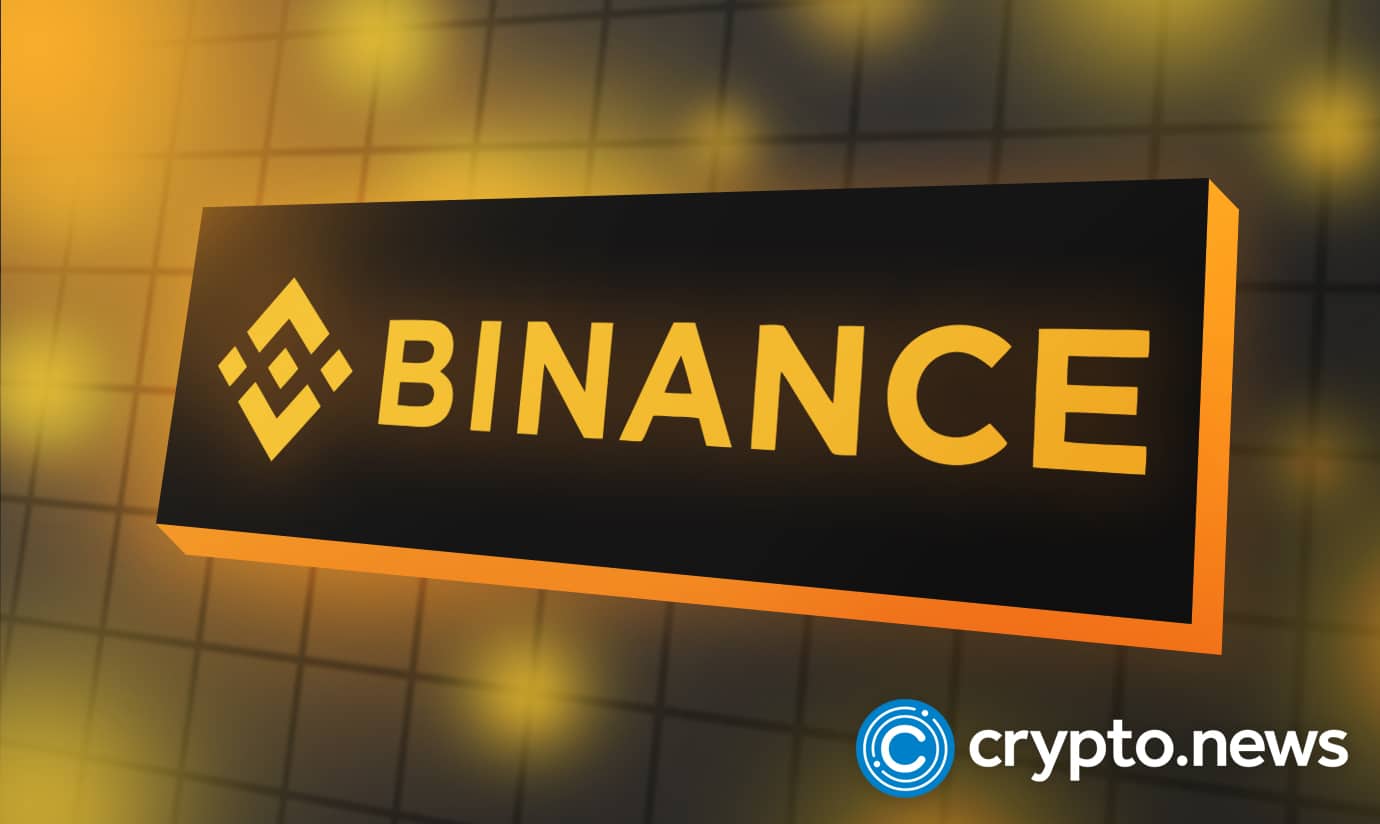Binance Announces Support for Ethereum Hard Fork Ahead of the POS Upgrade

Binance announced plans to credit users’ accounts with tokens from any forked versions of Ethereum developed during the network’s merge. The exchange also stated that it would suspend deposits and withdrawals for ETH and ERC-20 tokens prior to the Merge in order to secure customer funds.
Binance to Support Post-Merge Ethereum Fork
The world’s largest cryptocurrency exchange announced on Thursday that it would credit users’ accounts with tokens from any forked versions of Ethereum formed during the network’s merging event on September 15.
The exchange detailed a potential scenario in which Ethereum splits into two competing chains, resulting in the creation of a new token. In such an event, Binance would continue to use the “ETH” ticker to indicate the planned Proof-of-Stake Ethereum that most crypto firms and DeFi protocols have stated they will support.
However, the exchange intends to credit users’ accounts with tokens from a forked Ethereum chain if one is formed. The notice reads:
“We will… credit to users’ Binance accounts the forked token from the minority chain at a ratio of 1:1, based on the snapshot of ETH balances before the Paris execution layer upgrade.”
Additionally, Binance has said that it will enable withdrawals for any potential Ethereum forks. The forked token, however, will go through the same stringent listing approval process as any other coin or token on the exchange.
Binance has also stated that deposits and withdrawals for ETH and ERC-20 tokens will be suspended on September 6 in order to prepare for the network’s Bellatrix consensus layer upgrade, and again on September 15, when the main Merge event is scheduled to take place. Other exchanges, including Coinbase, have disclosed that they will take similar steps to prevent users from losing funds as the network upgrades.
Ethereum’s Highly Anticipated Merge Upgrade
The Merge is likely the most significant update to the Ethereum network to date, and it represents the culmination of years of development work.
Ethereum currently employs the same consensus mechanism as Bitcoin, known as proof of work. This necessitates the use of miners to validate transactions and maintain the network secure. By design, it is slow, expensive, and consumes a lot of energy.
Proof of stake, on the other hand, eliminates miners entirely and replaces them with validators, who “stake” or “lock up” Ethereum in order to maintain the network’s security. Following the update, the only option to generate new ETH will be to stake existing ETH on the network, which analysts predict would have a deflationary effect on the cryptocurrency.
With proof-of-stake, the power consumption of the Ethereum channel might be lowered by up to 99.9%. The blockchain’s co-founder, Vitalik Buterin, also stated in July that he believes the shift is “great for decentralization,” despite critics who claim it will do the opposite.
Although the majority of Ethereum stakeholders support the switch from the energy-intensive PoW consensus mechanism to the greener PoS, a vocal minority opposes the change. Those opposed to Ethereum’s PoS transition have recently discussed forking the network, resulting in a competing version of the blockchain that still employs the old PoW consensus. It remains to be seen whether there will be sufficient support to fork Ethereum when the Merge occurs next month.













